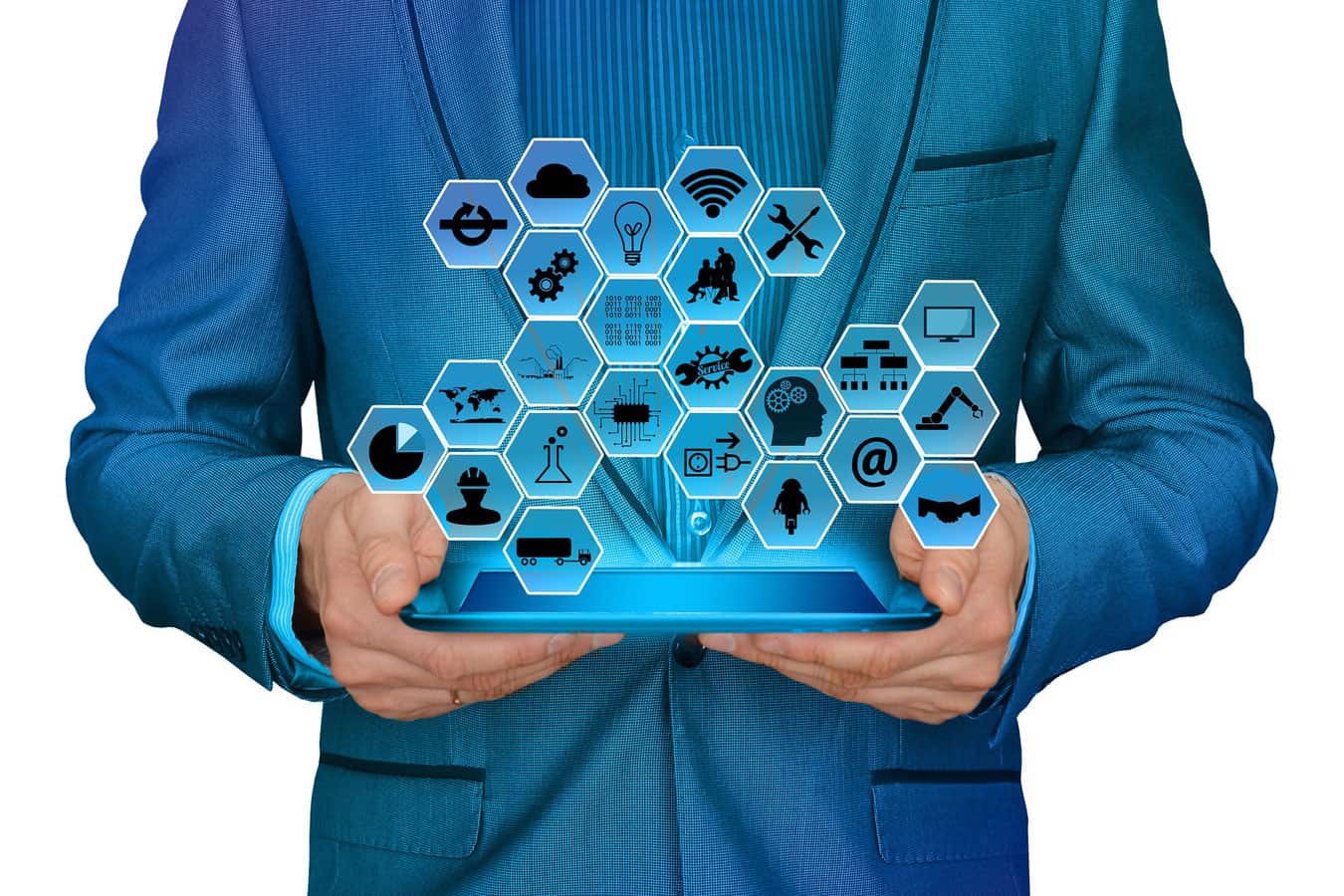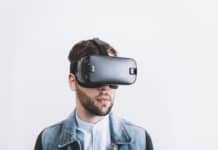 He’s the only person to have received both the MPI International Supplier of the Year and MPI International Chapter Leader of the Year awards.
He’s the only person to have received both the MPI International Supplier of the Year and MPI International Chapter Leader of the Year awards.
As a meetings technology speaker and one of the most influential people in the meetings industry, Corbin Ball has been running international tech meetings for the past 20 years with articles appearing in hundreds of national and international publications such as U.S. News & World Report and Fast Company.
In this shakedown, we ask Corbin for intel on the latest tech trends.
On your website, you identify several trends in meeting tech to watch out for in 2016. The first is the growth of Augmented Reality (AR) and Virtual Reality (VR) at exhibitions and events. Can you explain what these are and give examples of how they will be showing up at events?
Virtual reality is an immersive, digital recreation of a real-life setting. Augmented Reality blends virtual elements and real-world views in such a way that they enhance each other. These creative visualization tools are beginning to work their way into events in a number of ways.
VR headsets, for example will be used more frequently to demonstrate products at trade shows, minimizing the need to ship physical products to the show. They can be used by remote attendees at virtual meetings, making it seem as if remote attendees are in the same meeting room as the live event. AR tools, such as Hololens, Microsoft’s hologram technology, will provide a new immersive way to collaborate and interact with each other from different locations. These are just a few examples.
The use of wearables, including smart watches, smart bracelets, smart name badges and wearable beacons, is another trend that you see growing at events. Why is that?
In the way that smartphones have already transformed the attendee experience at trade shows and events, wearable smart devices will bring a new level of convenience, avoiding the “fumble factor” of having to dig out phones from our pockets and purses. For example, smart watches and other wearables will likely help event participants to receive GPS directions, open guest-room doors at hotels, receive conference alerts, exchange contact and lead information, record and track continuing education credits, and give audience polling responses, to name a few.
The on-site meeting used to be known as the black hole of event data management. Now, it’s possible for every touch on a mobile app to be tracked, scored and rated.
You also say that “event intelligence will be the next be thing.” What is event intelligence and how do you envision it playing out?
The on-site meeting used to be known as the black hole of event data management. That’s because planners used computers to gain insights before and after events, but during an event they were flying blind. For example, paper surveys were handed out, but tallying wasn’t completed until after the event—not in time to make mid-course corrections.
Now it’s possible for every touch on a mobile event app to be tracked, scored and rated. Social media channels can be monitored and incorporated into the mix. On-site “likes” and mobile polling and survey tools can be scored in real time. And with coming advances in geo-positioning and beacon technology, it will be possible for attendee movements to be monitored more precisely in order to yield even more data. Meeting planners and event marketers can get immediate answers to questions like: What are trending hot topics? Who are the top speakers? What exhibit booths have the most attendance? What speakers and exhibitors are “liked” the most? Where are the queues forming for registration, food and transportation?
This real-time collection of on-site data can be a goldmine of information for event improvement. The next challenge will be finding useful, real-time analytic tools to interpret data. Many mobile event app companies are beginning to provide easy-to-understand, real-time analytic tools. For example, DoubleDutch’s Event Performance tool can provide a real-time measure of attendee engagement. Companies like Certain Software, Cvent and Lanyon are developing event-intelligence tracking through their systems.
For all these reasons, event intelligence is really the next big thing!










